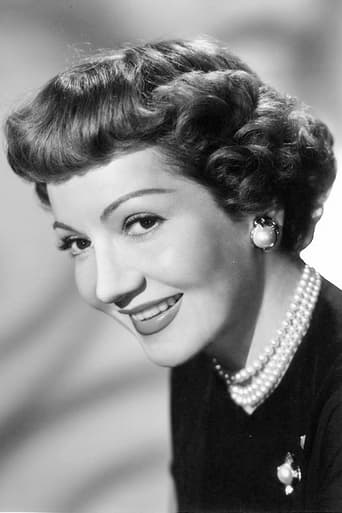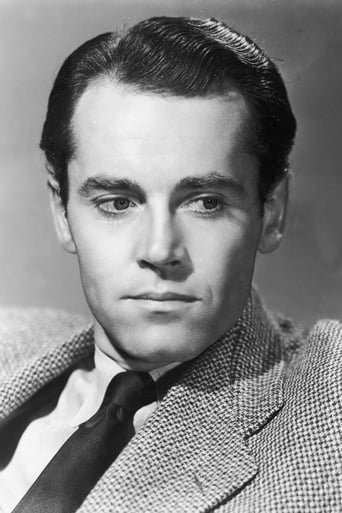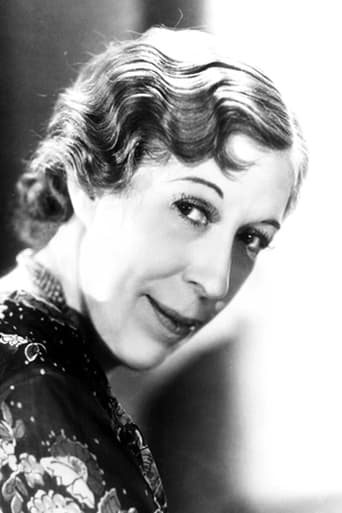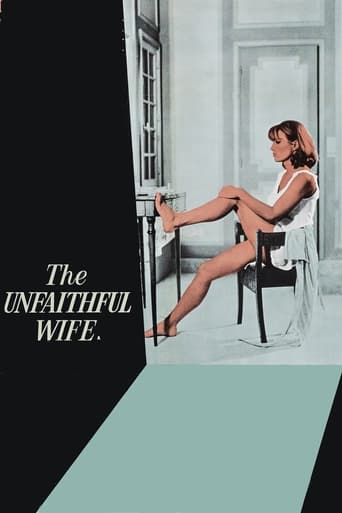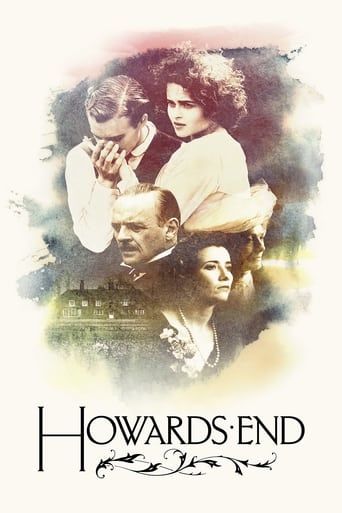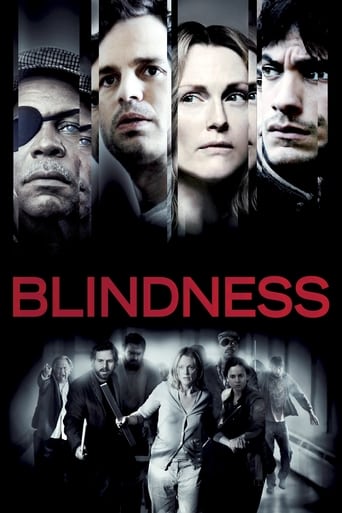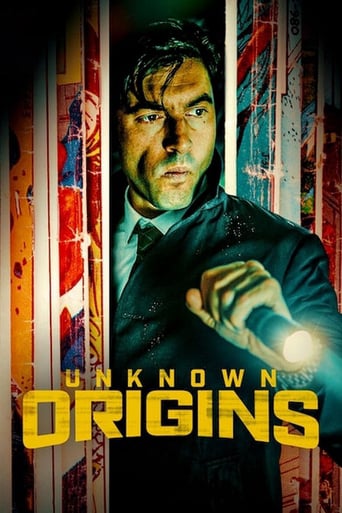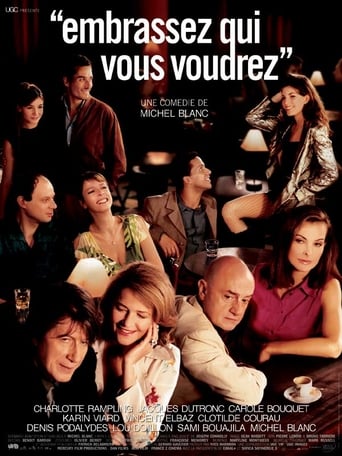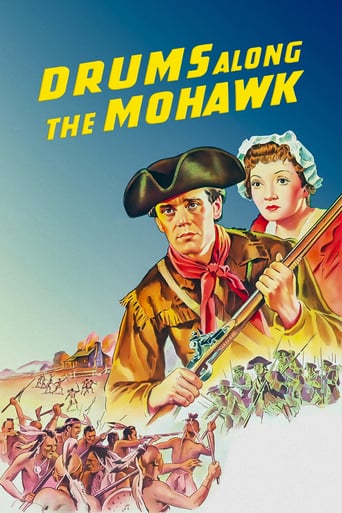
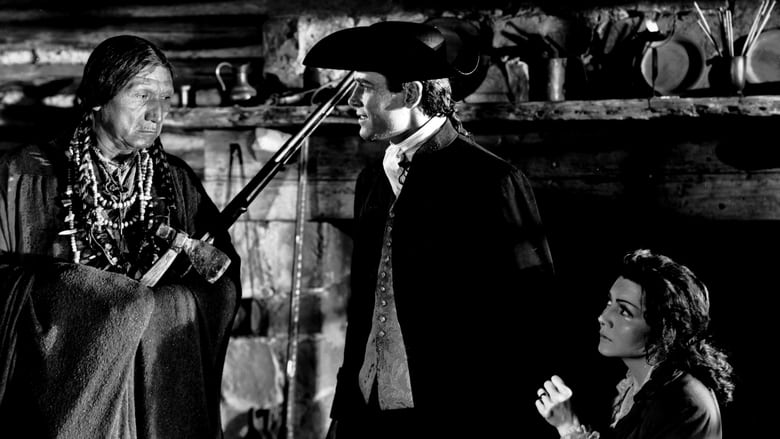
Drums Along the Mohawk (1939)
Albany, New York, 1776. After marrying, Gil and Lana travel north to settle on a small farm in the Mohawk River Valley, but soon their growing prosperity and happiness are threatened by the sinister sound of drums that announce dark times of revolution and war.
Watch Trailer
Cast
Similar titles
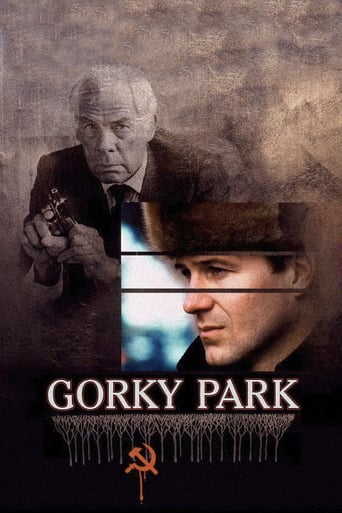
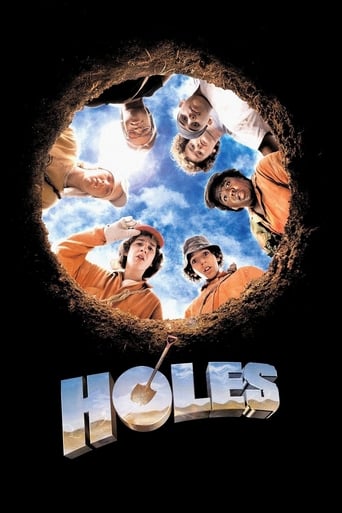
Reviews
Sadly Over-hyped
This story has more twists and turns than a second-rate soap opera.
It is neither dumb nor smart enough to be fun, and spends way too much time with its boring human characters.
The movie really just wants to entertain people.
Awesome and marvelous Western by the great John Ford and deemed by many to be his early best . 1776 , in American revolutionary , Albany , Gilbert 'Gil' Martin (Henry Fonda who was real descendant of the Fondas that settled in the Mohawk Valley in the mid 17th Century) marries the beautiful Magdelana 'Lana', shortly before the revolutionary war , and takes her West to begin a homestead in the Mohawk Valley , in Upstate New York . There took place bloody battles as Battle of German Flats in the Mohawk Valley as part of the loyalist Butler's Rangers , and the Battle of Oriskany . As they settle their homestead when the war begins and both of whom become involved into a terrible conflict . As both sides battle relentlessly supported by Indians , as the Iroquois Confederation was split in its loyalties during the Revolution , the Oneidas sided with the Americans while the Mohawks and Senecas joined with the Hurons and Nipissing First Nation , Ojibwas and Algonquins on the side of the instigating British . For the next six years Gilbert battles in the war and while they attempt to establish their homestead . But it to be on fire and the young farmers , then , move and meet a grumpy old widow , Mrs. Mc Klennar (Edna May Oliver) , who is happy to put them up in her farm in exchange for help from both of them . Later on , Gil joins the minutemen , and after that , Indians commanded by the nasty Brit Caldwell (John Carradine) burn the farms and attack the rebellious colonists on a fort that is really besieged . But the violence and destruction of war catch up , and even the fort isn't guaranteed safe . And Gilbert carries out a long marathon foot leg through an Indian gauntlet . One of John Ford's early Western hits , it has come remarkable Colour cinematography by Bert Glennon and Ray Rennahan , dealing with pioneers hardships , and the expected , violent as well as impressive scenes about the Redskin siege . This nice and superb Western contains thoughtful characters , full of wide open space and dramatic moments . Outdoors are pretty good and well photographed , story first-rate and powerful told too . Here John Ford and Henry Fonda reached the peak of their successful and fundamental screen collaboration . Thought-provoking , insightful screenplay portraying in depth characters and brooding events with interesting issues running beneath script surface . Over-the-top Western with trigger-taut drama , perfectly written by Lamar Trotti and uncredited collaboration by Nobel winner William Faulkner , being based on on the Walter Edmonds novel . The film relies heavily on the extremely sentimental relationship between the young marriage : Lana/Claudette Colbert and Gilbert Martin/Henry Fonda . Fine acting from Henry Fonda as a civilized man from the East coast colonies who finds himself a loving bride , and attractive Claudette Colbert who keeps her upper lip pretty stiff but she looses their expected baby . ¨Drums along the Mohawk¨ gets to ensemble a magnificent supporting cast , plenty of familiar faces , and Ford's regulars , such as : Edna May Oliver , John Carradine , Ward Bond , Francis Ford , Eddie Collins , Arthur Shields , Robert Lowery , Jessie Ralph , Jack Pennick , Russell Simpson and Chief John Big Tree . This classic and moving picture ranks as one of the main of John Ford's works , including settings , interpretations , cinematography all extraordinary . It contains Ford's usual themes as familiar feeling , a little bit enjoyable humor , friendship and sense of comradeship but also some cynicism and full of wide open spaces with breathtaking landscapes exceptionally filmed from Cook County , Pennsylvania , Aspen Mirror Lake , Duck Creek Village , Strawberry Point , Dixie National Forest, Wasatch Range , Cedar Utah USA . Furthermore , a sensitive , romantic and thrilling at times , musical score by the classic composer Alfred Newman . Marvelously shot Ford film with a lively look at the complex world of the colonialists , pioneers versus Indians , and adventure romance . This solid as well as patriotic motion picture was well directed , this is a grand , cunningly crafted entertainment , action-filled and jingoist saga about revolutionary America . Ford's prior and subsequent films to get great successes as ¨The stagecoach¨ , ¨The young Mr. Lincoln¨ and the cavalry trilogy as ¨Fort Apache¨, ¨They wore yellow ribbon¨ and ¨Rio Grande¨. And , his posterior ¨Two rode together¨ has a similar plot to ¨The searchers¨ though the Ford's vision about West is pretty cynical and less idealist .
Lana Borst, the daughter of a wealthy family, marries a young farmer named Gilbert Martin and goes to live on his small farm on the frontier. At first Lana, who is accustomed to living in luxury, hates frontier life, but her love for Gilbert is strong enough to help her adjust, and she settles down to their life together until their farm is destroyed by an Indian raiding party. The Martins are forced to accept work on the farm of a wealthy neighbour, the widowed Mrs. McKlennar, and during a brief period of peace they are able to rebuild their farm and start a family. When war returns to the area, Gilbert joins a local militia and fights bravely for his country. Eventually, facing a major attack by Indians and a few renegade white men, the settlers are forced to take refuge in a nearby fort. Just when it seems that the fort will be overrun, American soldiers come to the rescue, and all ends happily with the Stars and Stripes proudly flying.That could easily be the plot of a standard Western, no doubt directed by John Ford. "Drums along the Mohawk", however, is what might be called an Eastern Western, that is to say a standard Western shifted two thousand miles to the east and a hundred years back in time. The above story takes place not in the Texas or the Utah or the South Dakota of the 1870s but in upstate New York during the 1770s, in fact against the background of the American War of Independence. (It is, however, nevertheless directed by John Ford).Now anyone with any historical knowledge will be aware that the American War of Independence was so called because the Americans were fighting for independence from Britain, but you would not realise that from this film, which does not feature a single British character. There are a few villainous Tories (in the sense of pro-British American Loyalists, not members of the British Conservative Party), but the main villains are the Indians. The reason doubtless lies in the year the film was made, 1939. With war looming, Ford was doubtless uncomfortably aware that an anti-British movie could have been interpreted as pro-isolationist or, worse, pro-Nazi. Not all Americans in 1939 believed that they could remain permanently neutral if war came to Europe, and Ford might have been unwilling to offend citizens of a country alongside whose forces American troops might soon be fighting.Seen from 2016 as opposed to 1939, however, Ford's treatment of the Indians looks far more offensive than any treatment of colonial-era Britons could ever have been. (Indeed, it is a lot more offensive than his treatment of Indians in some of his later Westerns from the forties, fifties and sixties). The white settlers frequently refer to them by such choice epithets as "pagans", "savages" and "brutes", and it is clear that we are meant to take these descriptions as objective statements of fact, not as racist insults, because that is exactly how the Native Americans are portrayed- brutal, savage, and motivated only by bloodlust. There is no attempt to analyse why the Indians of this period should have harboured such enmity towards the whites or why they might have favoured the British rather than the Revolutionaries, but any American viewers wanting an answer to these questions ought to read their own Declaration of Independence, which makes it quite clear that the sentiment "all men are created equal" did not extend to the non-white races.The only "good Indian" is Chief Blue Back, a Christian convert who has partially adopted the white man's ways and learnt to speak English after a fashion and who sides with the Revolutionaries. Ford doubtless intended us to see Blue Back as sympathetic, but from a modern point of view he looks more like a patronising caricature. A real Blue Back would probably have been more pathetic than sympathetic, a lonely, isolated figure cut off from his own people and their culture by his religious conversion and patronised, but never treated as an equal, by the whites among whom he lived.The acting is not particularly distinguished. Henry Fonda and Claudette Colbert in the two leading roles are adequate, but in neither case is this their finest hour. The supporting characters, however, tend towards the one-dimensional, not only Blue Back but also Arthur Shields' garrulous clergyman and the irritatingly formidable-but lovable Mrs. McKlennar. (Edna May Oliver seemed to specialise in irritatingly formidable-but-lovable old ladies; she even managed to portray Lady Catherine de Burgh as such in "Pride and Prejudice" the following year). The film's one saving grace is its visual attractiveness; it was Ford's first colour film at a time when most Westerns were made in black-and-white. 1939 was the year in which Ford directed one of the great Westerns of all time, "Stagecoach", but "Drums along the Mohawk" is in nothing like the same class. 5/10
An early novel called " Drums Along the Mohawk " written by Walter D. Edmonds is the foundation for this motion picture of the same name. It relates the story of Mr. and Mrs. Gilbert Martin (Henry Fonda and Claudette Colbert) a young, married America couple moving from New York city to the early frontier to begin a new life. The time coincides with events from 1776 thru the end of the Revolutionary War. As most Americans have learned from our history, life was incredibly harsh. Indeed, when not working on the toils of the farm, early colonists were often at war with the Native American tribes who had sided with the British army. After their farm is burned and losing their first child, their lives are constantly threatened, they move in with Mrs. McKlennar (Edna May Oliver) a wealthy widow woman to supplement their meager existence. Most of the film is dedicated to the hardship of early frontier life and includes the destruction of their farms and their valiant defense inside the nearby fort. John Carradine, plays the heavy named Caldwell with Arthur Shields playing Rev. Rosenkrantz. For many reasons John Ford creates a formula for the movie establishing himself as a superb director. This early Color picture is fabulous in many ways, not the least is the excellent cast and exciting drama. It's little wonder it has become an excellent Classic. Recommended for all audiences. ****
I could not believe this story is about war history because the movie began with the scene of the beautiful wedding. Besides, there were many soft musics that performed in the beginning. I thought this movie would have been the romantic movie. However, this movie attracted me because it introduced the life of people in rural. I watched many movies ,but they usually were about the life of people in urban, so it was like I learned another taste of movies. It was natural. Moreover, The scene that was about the war was exciting because there were a lot of shooting and using many kinds of weapon. A lot of people were used to perform the scene of the war that helps the audience get the feeling of war. In addition ,it was a good opportunity to learn the strategy of the war in that era. Another scene that I like when the three indians was chasing the main actor, and they were running on the mountain on the background of the sunrise. It helps me imagine this is very long running. Nevertheless, I think there is the problem of the color of the movie because I could not see the detail in far vision.
